There can be a lot of confusion and misconceptions when it comes to liquids in luggage. Understanding exactly what is allowed into luggage and just how much can be the difference between a smooth ride through security and having to depart with your beloved (and expensive) toiletries.
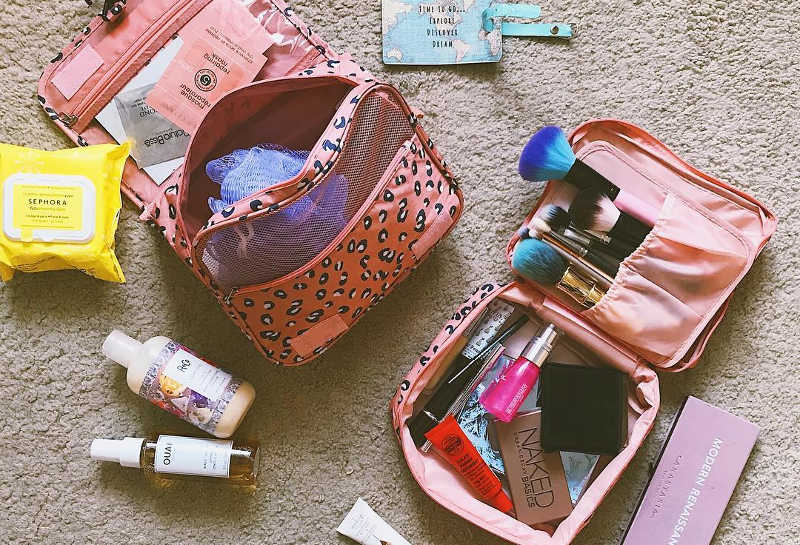
Being that person who holds up the queue while a bad-tempered security official and 100 agitated travellers glare at you is no fun. And it is certainly no fun having to toss out bottles of Absinthe because you didn’t realise there were restrictions on how much high-volume alcohol can be put into checked luggage.
Fortunately, this guide to liquids in luggage will answer all your questions so you will never have to experience that kind of emotional trauma.
Note: Every airport has its own rules when it comes to liquids in luggage. Some airlines are also more heavily regulated than others and have their own particular guidelines about what it will and will not allow on flights. You should check these beforehand.

How much liquid is allowed in hand luggage?
Travellers are only allowed to bring small quantities of liquids in individual containers with a maximum capacity of 100 ml each. These containers need to be packed in a durable, transparent, resealable plastic bag (e.g. a Ziploc freezer bag) that is no more than 20cm x 20cm in size and no more than 1 litre in capacity.
A simple way to remember this is the 3-1-1 rule:
3 – (3 ounces, or in this case, 100 millilitres)
1 – (one plastic bag with a capacity of 1 litre)
1 – (one bag per passenger)
Note: You can bring as many small containers as you want as long as they fit into the resealable plastic bag.

Is there a limit to the amount of liquids in checked luggage?
Apart from high-volume alcohol, there is no limit to the amount of liquids that are allowed in checked luggage. However, you will need to take certain precautions.
- Ensure they are not one of the prohibited items. See the link below for a comprehensive list of restricted items.
- The pressure in an aircraft can cause bottles to leak or pop. You should ensure items are properly sealed or repackaged in a leak-proof container.
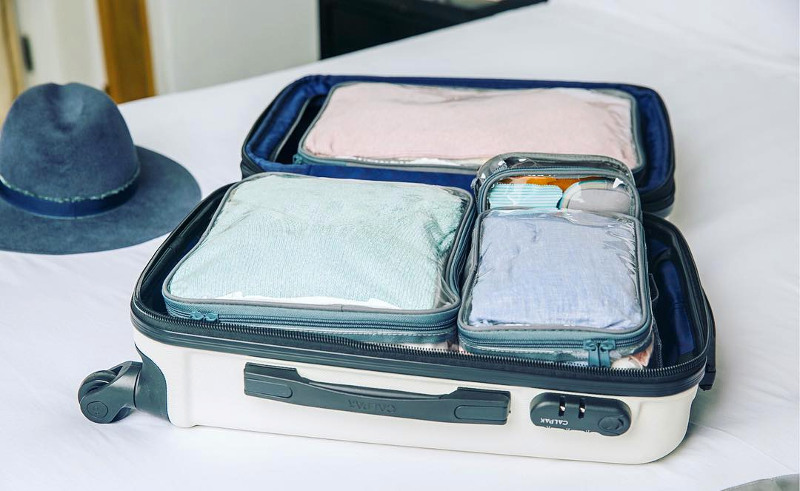
What is considered liquid?
Any substance with a fluid, free-flowing or ‘gooey’ consistency is considered liquid. This applies to items such as aerosols, creams, pastes, and gels.
In the words of Airports Company South Africa, “LAG stands for Liquids, Aerosols and Gels. If you can POUR it, PUMP it, SQUEEZE it, SPREAD it, SMEAR it, SPRAY it or SPILL it, it is considered a LAG.”
Examples of liquids, aerosols, and gels include:
| Liquids | Aerosols | Gels |
| Perfume
Shampoo Conditioner Mouthwash Oils Vinegar Sauces (e.g. salsa, gravy etc.) Soups Stews Salad dressing Soft drinks Juice Bottled water Canned food with high liquid content (e.g. sardines, tuna etc.) Creams Liquor (e.g. wine, beer etc.) |
Deodorant
Hairspray Sunscreen spray Shaving cream |
Lipgloss
Hairstyling gels Jam Yoghurt Honey Peanut butter Cheese spread Soft cheese (e.g. brie, camembert etc.) Vegemite Shaving gel Toothpaste Gel-filled tablets (e.g. fish oil tablets) |
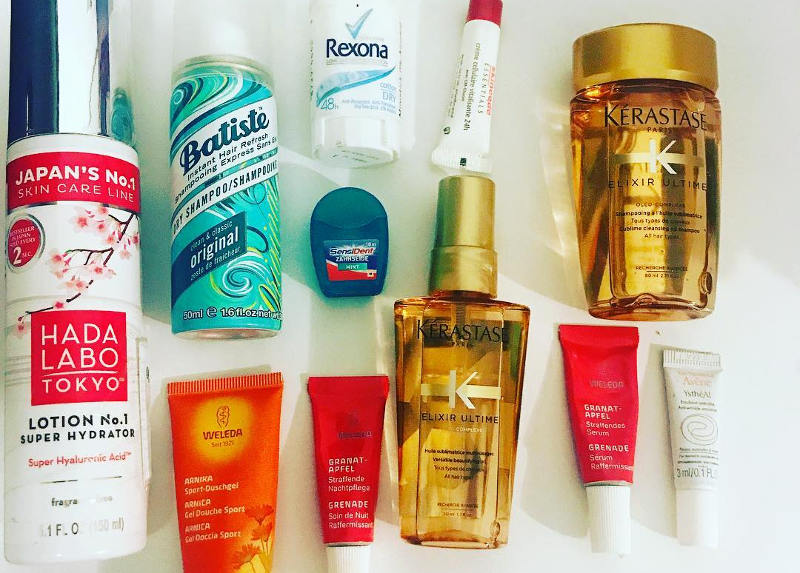
What items are exempt?
Certain items can exceed 100ml and do not have to be packed into a sealed bag.
Items that are exempt from this rule include:
- Breast milk, baby formula, baby food, and baby juice
- Prescription and over-the-counter medications
- Liquids or liquid nutrition for people with disabilities or medical conditions (note: you may be required to prove the necessity and authenticity of these items)
- Frozen items (if they’re frozen solid)
- Cosmetic or medical items with saline or liquid
Note: These items will need to be declared for inspection at the security checkpoint. You may also need to provide a doctor’s letter for certain medications.
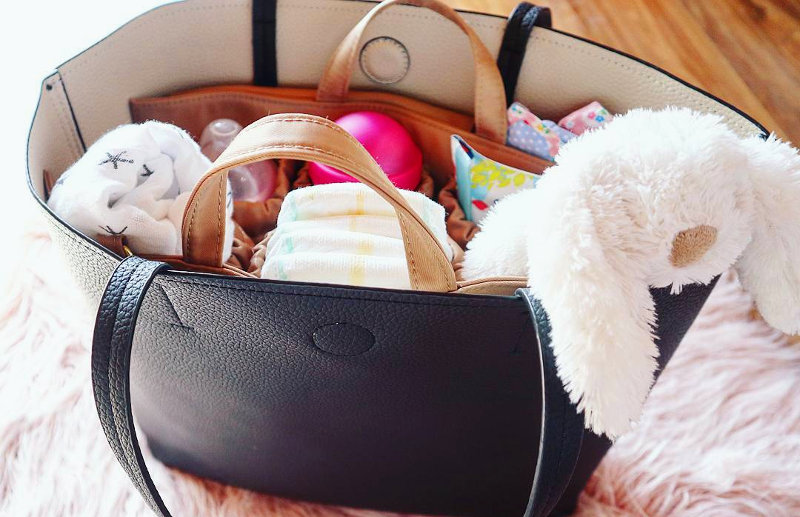
What items are not allowed in luggage?
You can find a comprehensive list of prohibited items here.
Can you put alcohol in luggage?
Yes, but there are certain limitations. Alcohol in carry-on luggage is subject to the 3-1-1 rule, while the amount of alcohol you can pack in checked luggage depends on three things:
- It must be unopened or packaged in a sealable bottle.
- There are no restrictions on liquor with an alcohol content of less than 24% (e.g. beer and wine)
- Liquor with an alcohol content of between 24% and 70% is restricted to 5 litres per passenger
Remember, luggage is tossed onto conveyor belts, trucks, and planes, so be careful when putting glass bottles in your luggage.
Note: Every country has its own rules regarding alcohol. The amount of liquor you are allowed to pack can vary from country to country and from airline to airline.

What about duty-free items?
The rules on duty-free items can be a bit more complicated. If you plan to take things home with you, you will need to consider connecting flights and airline policies regarding duty-free items and liquids in luggage.
These items can generally be taken through checkpoints if they are sealed in the ICAO tamper-evident bag that is provided at the time of purchase (be sure to ask for one of these). If the seal is broken or any items are removed they may be subject to liquid restrictions.
However, this is not the case with all countries (e.g. Japan does not accept the tamper-evident bag so items will need to be bought when you arrive in the country).
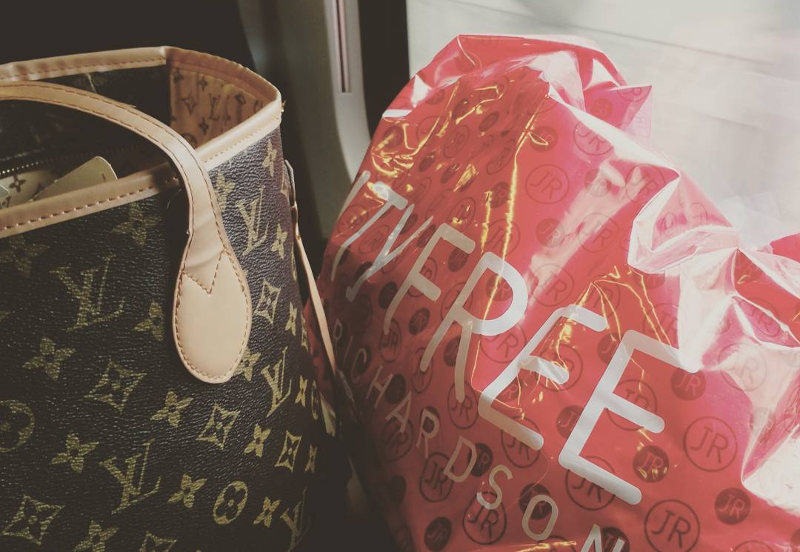
Although most international destinations accept duty-free items that are sealed and have proof of purchase, it is better to wait until the last leg of your journey to buy duty-free items to avoid any complications.
It is advisable to contact the airline you will be travelling with to find out about regulations in the countries you will be transiting through.
Tip: If you buy duty-free items while transiting through another country and have to claim your luggage, pack these items into your checked luggage before rechecking it for your connecting flight.
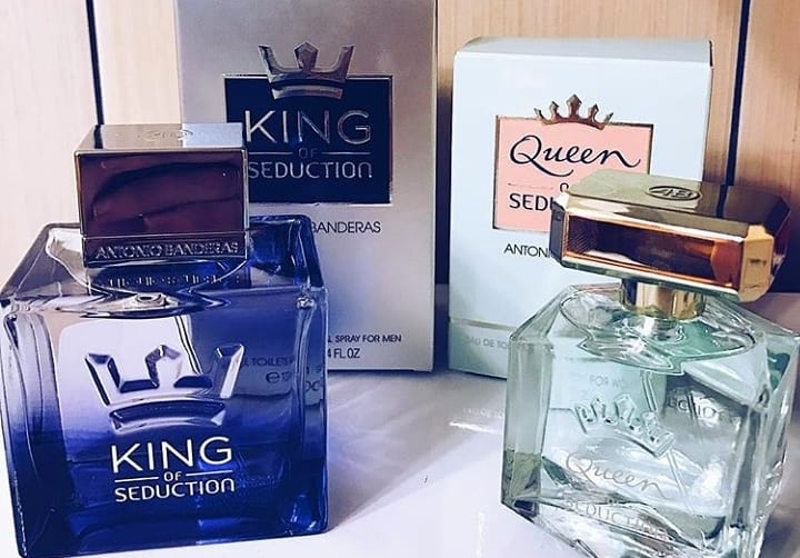
Some handy tips
- These resealable bags will need to go through the x-ray machine separately. Ensure they are packed on top of your clothing to avoid having to unpack your luggage at the airport.
- Buy a travel kit or travel containers and repackage liquid toiletries. These containers usually come in 100 ml sizes and are designed to fit neatly together.
- Buy travel-sized items (e.g. mouthwash, toothpaste, shampoo etc.)
- Go for two-in-one items such as shampoo and conditioner combos to save space.
- Swop body wash for a bar of soap (this can also be cut into small cubes and wrapped in cling wrap for added convenience).
- Lush, a popular cosmetics shop, sells products such as solid deodorant, deodorant powder, and shampoo bars that have an array of benefits and will go through security effortlessly.
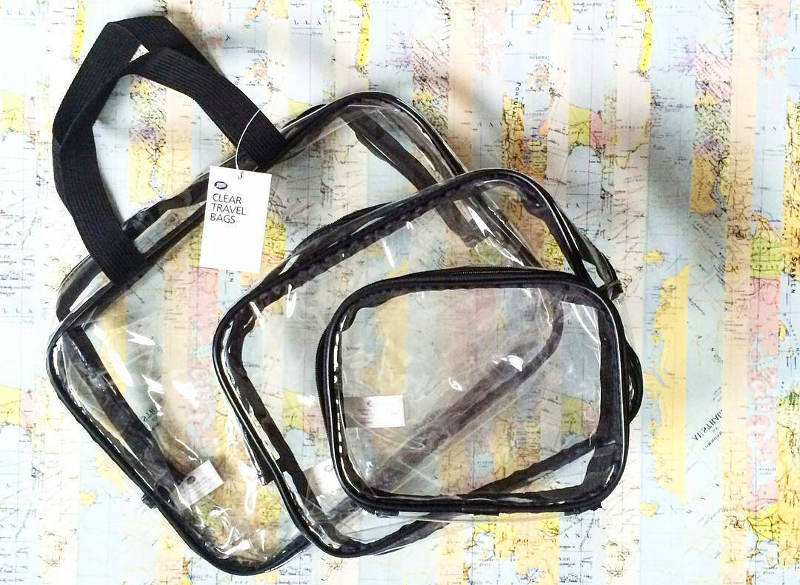
Basically, when it comes to travelling with liquids there are several things to remember:
- The 3-1-1 rule of liquids in luggage.
- Only take what you need. Everything else can be bought at your destination.
- Most things can be purchased in small amounts or repackaged.
- Check the policies of your chosen airline and the airports you will be transiting through.
- Think ahead in terms of packing and purchasing duty-free products and you can save yourself a whole lot of time and trouble.
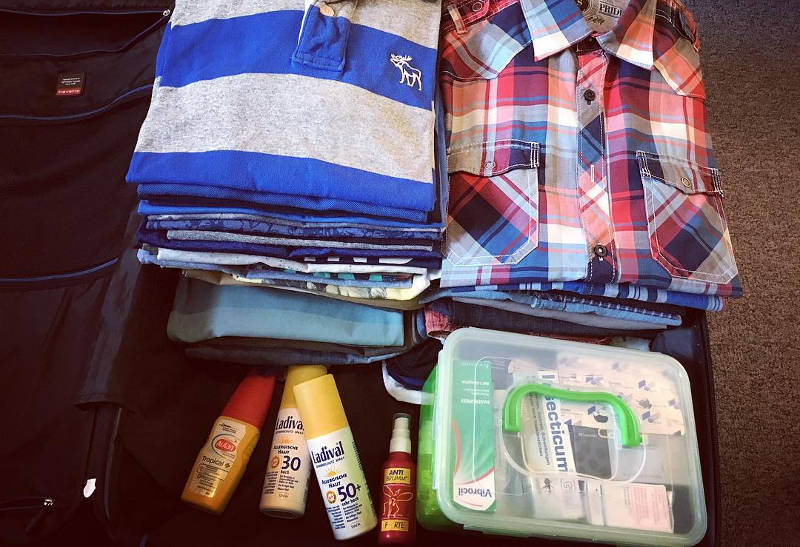
Had any particularly memorable or harrowing experiences with liquids in luggage? Maybe you know some tricks and hacks that we don’t? Share them in the comments section below!
And don’t forget to sign up to our newsletter for cheap flights and the hottest travel deals!
All information on this page was correct at the time of publishing and may change at any time without prior notice. Travelstart will not be held liable for loss or inconvenience resulting from the use of information from this website.
Featured image: vegan_to_zero via Instagram
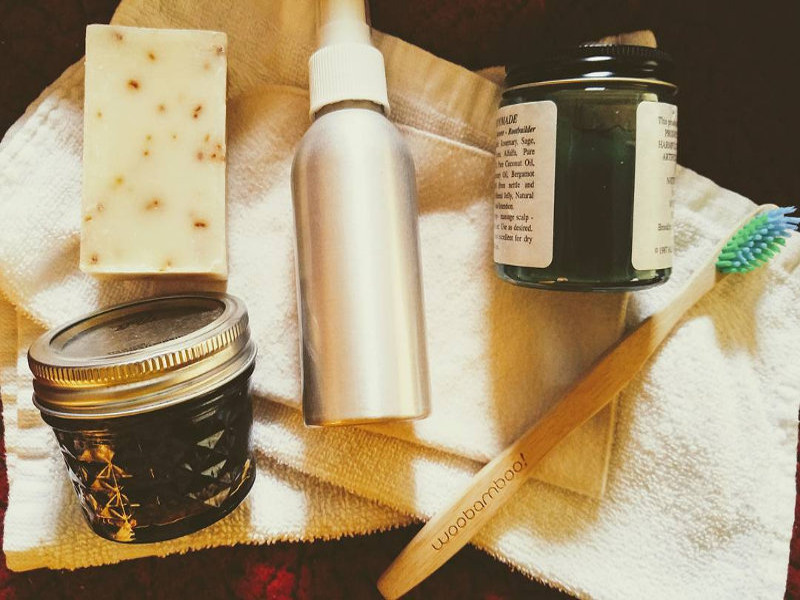





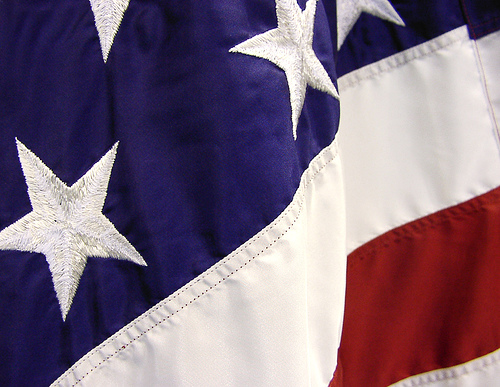
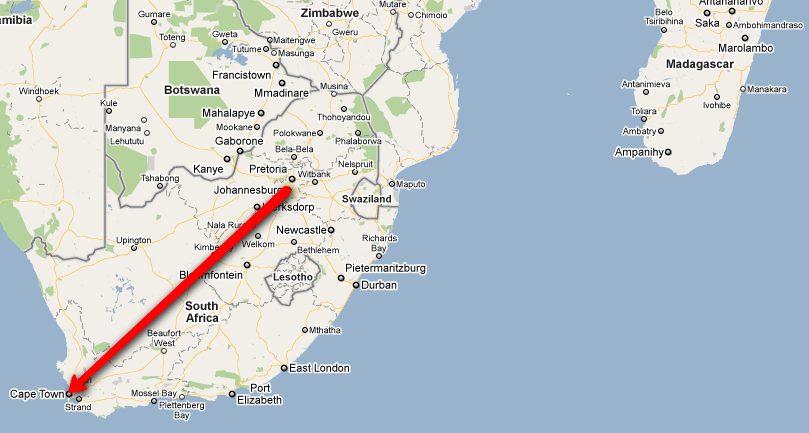
Very informative thanks
Good day,
My sister is traveling home to SA for the summer, she resides in Canada. A friend of hers Mom has a beauty salon in South Africa has asked my sister to bring 23 bottles of nail polish in her main luggage to South Africa. My sister is reluctant to bring them as she is worried customs may fine her? The friend does not want to accept the fact that it may be unlawful. Please can you clarify this with me please.
Hi there,
Thanks for getting in touch.
Your sister could be stopped at customs due to the quantity. She could either pay duty tax or they could be confiscated.
However please check with the airline direct hopefully they could provide further information.
Hi there,
Could I package baby formula powder and hand washing soap in ziplock bags and have it sent as oar of my checked in luggage.
Also do I send my cooler bag containing food items in as hand luggage or checked in?
Hi there,
If you are flying, you are allowed to take powdered infant formula on to the plane to make up feeds during the flight. You are also allowed to take bottles or cartons of prepared milk or sterilised water in your hand luggage.
However please contact the airline you are travelling with direct for the most up to date information.
Hi, am flying from Johannesburg, BA to Heathrow, can i take craft glue in my checked luggage ? Is glue permitted?
Hi there,
Thanks for getting in touch.
Most model glues, rubber cements, and industrial-strength adhesives are flammable and not allowed in carry-on or checked baggage.
You welcome to contact the airline direct to see what they advise. Or go onto BA’s website direct.
HI, i want to take some tins cold drink to east london. from cape town. can i put it in my checked luggage?
Hi Tanya,
Thanks for getting in touch.
This should be fine but I would recommend you contact the airline you are flying with and double check. They will be able to advise accordingly.
I’d be careful, that sounds a bit risky to me for potentially finding a burst cold drink tin in your checked luggage, messed over all your clothes and leaking into other bags etc. Checked bags go through significant air pressure changes, as the air pressure outside the plane and in the storage cabin can be much lower low at high altitude the air pressure differential will cause the contents inside containers to try expand (in addition to a lot of bumping and being thrown around or having other things packed on them etc.) Check with the airline though, maybe it’s fine. I wouldn’t risk it though, doesn’t seem worth to risk it for a bit of colddrink.
I would like to travel with 1 litre bottle of Apple Cider Vinegar from Cape Town to South Sudan, will that be a problem?
Am I allowed to take a tin (open or closed) of baby formula in carry on as well as prepared water for preparation in-flight? Flying on Kulula to CPT
Hi Grant,
Thanks for getting in touch.
Best to contact the airline direct. This depends of the amount of formula taken. The airline you travelling with, will be able to provide you with their most up to date carry on baggage allowance and what is allowed.
I am travelling on Airlink from OR Tambo to Cape Town. Can I take a sealed bottle of whiskey in my hand luggage?
Hi Pat,
Thanks for getting in touch.
I found the following information on Airlink’s Website. However we do ask that you contact the airline direct for the most up date information as they could change their carry on baggage requirements at anytime.
Airlink (4Z) Baggage Policy
Bulletin
03/2020
Items that may be carried on board an aircraft:
• Medicinal and toilet articles in small quantities which should not exceed 2 kg or 2 liters.
Each individual article should not exceed 500ml. This includes such items as hairsprays,
perfumes and medicines containing alcohol.
• Alcoholic beverages. The maximum quantity of alcoholic beverages may not exceed 5
liters and may not exceed 70% alcohol volume including alcohol-based hand sanitisers
maximum 100 ml in carry-on baggage.
• Carbon dioxide gas cylinders for the operation of mechanical limbs. Spare cylinders are
also permitted.
• Dry ice. A maximum of 1 kg of dry ice may be carried provided it is well ventilated to
allow the escape of carbon dioxide gas.
• Medial / Clinical thermometer. For personal use only and must be in a protective case.
• Two small non-flammable gas cylinders which are fitted into a self-inflating life jacket plus
two spare cartridges.
• Hair curlers containing hydrocarbon gas. No more than one set per passenger or crew
member, provided that the safety cover is securely fitted over the heating element. These
hair curlers must not be used on board the aircraft at any time. Gas refills for such curlers
are not permitted in checked or carry-on baggage.
• Personal smoking materials intended for use by an individual when carried on their
person. However, lighter fuel and refills and lighters containing unabsorbed liquid fuel are
not permitted.
• Cardiac pacemakers containing radioactive material such as plutonium batteries, when
surgically implanted in medical patients.
Can I take 1 bottle of gin in my checked in luggage from durban to johannesburg?
Hi there,
Thanks for reaching out.
The following is mentioned in our blog:
“Yes, but there are certain limitations. Alcohol in carry-on luggage is subject to the 3-1-1 rule, while the amount of alcohol you can pack in checked luggage depends on three things:
It must be unopened or packaged in a sealable bottle.
There are no restrictions on liquor with an alcohol content of less than 24% (e.g. beer and wine)
Liquor with an alcohol content of between 24% and 70% is restricted to 5 litres per passenger
All information on this page was correct at the time of publishing and may change at any time without prior notice. Travelstart will not be held liable for loss or inconvenience resulting from the use of information from this website.”
We do ask that you contact the airline you are travelling with or go onto their website to see the most up to date information regarding baggage restrictions / allowance
hello, can i take 2ltrs of satiskin bodywash from joburg to victoria falls
Hi there,
Thanks for getting in touch.
Any liquid over 100ml will need to go in ones checked baggage. You welcome to reach through our blog: Everything you ever wanted to know about travelling with liquids
However, every airport has its own rules when it comes to liquids in luggage. Some airlines are also more heavily regulated than others and have their own particular guidelines about what it will and will not allow on flights. You should check these beforehand.
I have to travel from Zimbabwe to Cape Town with frozen breast milk. My baby will not be travelling with me. What are the restrictions in this regard?
Hi Nita,
Thanks for getting in touch.
Travellers are only allowed to bring small quantities of liquids in individual containers with a maximum capacity of 100 ml each. These containers need to be packed in a durable, transparent, resealable plastic bag (e.g. a Ziploc freezer bag) that is no more than 20cm x 20cm in size and no more than 1 litre in capacity.
A simple way to remember this is the 3-1-1 rule:
3 – (3 ounces, or in this case, 100 millilitres)
1 – (one plastic bag with a capacity of 1 litre)
1 – (one bag per passenger)
Is there a limit to the amount of liquids in checked luggage?
Apart from high-volume alcohol, there is no limit to the amount of liquids that are allowed in checked luggage. However, you will need to take certain precautions.
Ensure they are not one of the prohibited items.
The pressure in an aircraft can cause bottles to leak or pop. You should ensure items are properly sealed or repackaged in a leak-proof container.
We ask that you reach out to the airline direct you will be travelling with for the most up to date information regarding their policy.